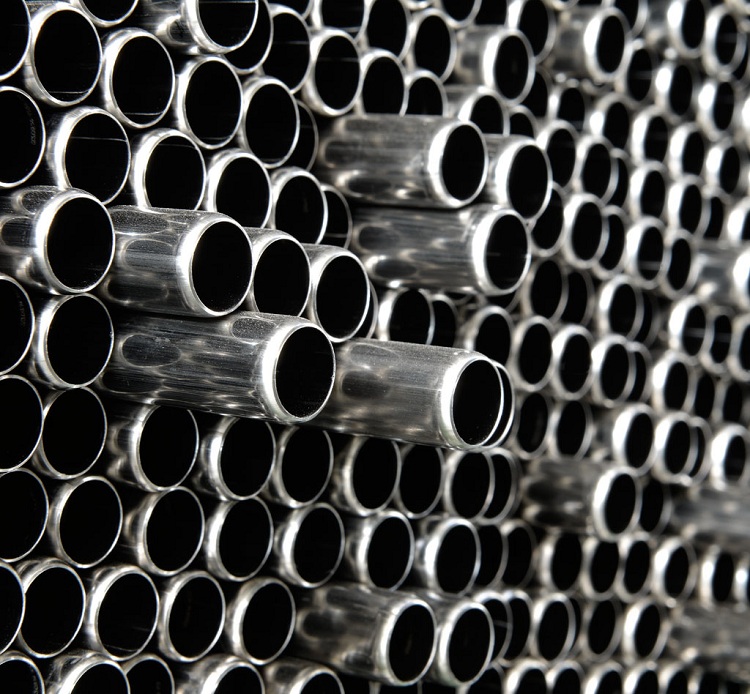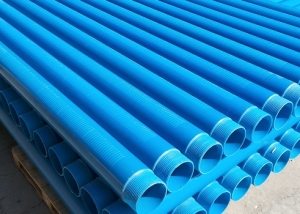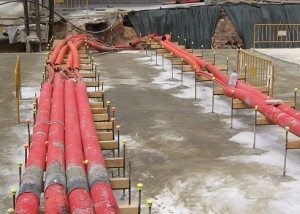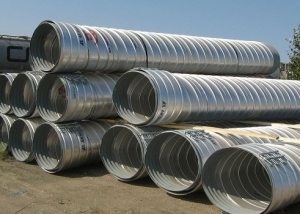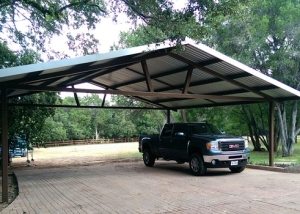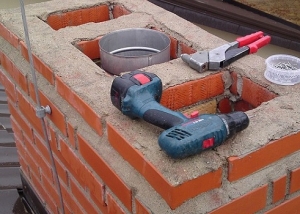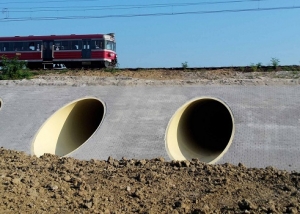The exhaust pipe is an important element in the exhaust system of a car. It performs a complex and responsible function, removing exhaust gases that accumulate in the exhaust manifold of an automobile engine. After passing through it, the exhaust gases are in the silencer catalyst. If the exhaust system of the car is not equipped with a catalyst, then the exhaust gases are immediately in the front (additional) muffler.
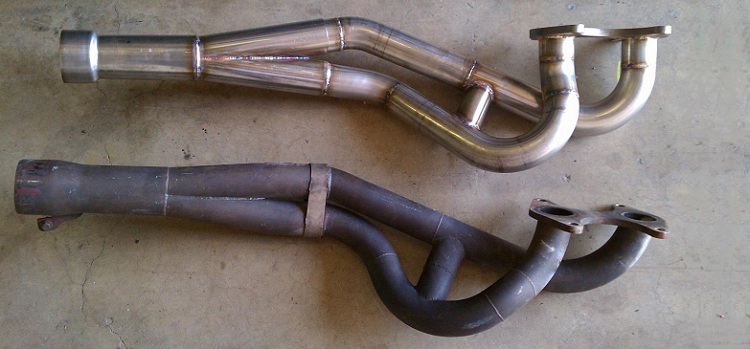
The exhaust pipe is an important part of the exhaust system of a car, for the strength of which increased demands are made
Content
The role of the exhaust pipe in the operation of the car engine
The device forms the primary exhaust stream. At the same time, it participates in the implementation of several functions important for the normal operation of the car engine:
- removal of exhaust combustion products;
- noise reduction;
- reduction in the level of vibration that can generate an extremely negative wave effect for the engine.
Good to know! Vibration damping is achieved due to the presence of such an element of the device as a vibration kit (corrugation).
The temperature of the exhaust gases entering the exhaust pipe can reach a value of 1100º. Such a high temperature of the exhaust gases and the unevenness of the gas flow led to high demands on the reliability of the design of the product. For its manufacture, it is customary to use stainless steel. Modern car models are equipped with receiving pipes of special reliability. Their stainless steel walls are made according to the principle of thermos, double. This form of the device improves its strength and durability. In addition, the effect of the flowing stream of exhaust gases, heated to high temperatures, on neighboring units and components of the car is reduced.
The design of the device, due to the characteristic of its shape in a four-cylinder engine, nicknamed “pants” on a motorist slang, is attached to the exhaust manifold by four or six studs. It is a pair of pipes converging into one. It is at its end that exhaust gases accumulate, discharged into the catalyst (or directly into the muffler resonator).
Cars with an injection engine are equipped with lambda probes (there can be one or two of these sensors) - devices that measure the level of oxygen concentration in exhaust gases that have passed the catalytic converter, thus checking how efficiently it works. On cars of the last years of production, manufactured in accordance with the strictest environmental standards, the design of the exhaust pipe of the muffler was provided with an additional hole. It is intended for lambda probe. On vehicles with carburetor engines (GAZ, VAZ), a lambda probe is not provided, so there is no additional hole for receiving a lambda probe on the receiving pipes.
It is recommended that when selecting a receiving pipe, pay attention to the presence of an additional hole intended for the installation of a lambda probe. With the external identity of the products and even the coincidence of the catalog numbers, this part may differ.And finding the difference during the repair is unlikely to be a pleasure.
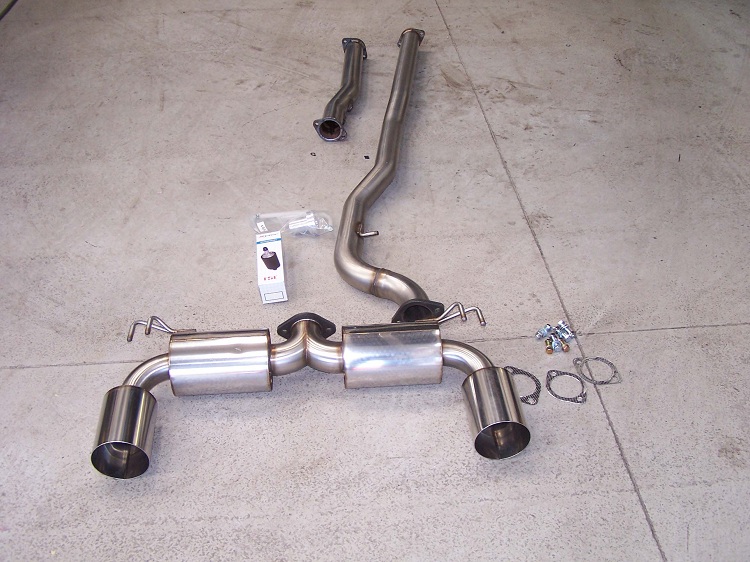
The new exhaust pipe must exactly match all the parameters of the old part, otherwise it cannot be installed
Front exhaust pipe
The front exhaust gaskets act as a seal, ensuring the tightness of the connection between the exhaust manifold and the muffler. They are available as asbestos-free sheet material. The gasket material has a non-stick coating. To give strength, the gasket inside is reinforced, the frame is made of steel.
Important! When installing flange gaskets, remember that they are not suitable for reuse. When disassembling the system, flange gaskets must be replaced with new ones. The same should be done with the fastening nuts, replacing them with new ones.
For all the simplicity of the part and the appearance of unpretentiousness, the front pipe gaskets play an important role in the trouble-free operation of the automobile engine, because they ensure the reliability of exhaust gases at high temperatures.
Repair (replacement) of a reception pipe
The presence of a device malfunction is determined quite simply:
- in the engine compartment, a “whistle” emitted by exhaust gases is clearly heard;
- vibration intensifies;
- it does not exclude a drop in engine power, its efficiency due to air leakage and distortion of the lambda probe.
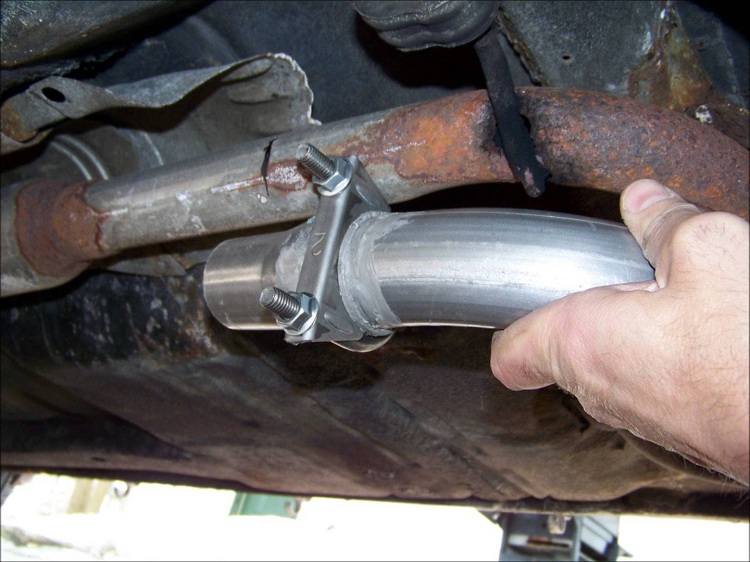
Repair or replacement of the exhaust pipe should be carried out immediately as soon as signs of failure have appeared
Having found a malfunction, it is necessary to start repair immediately. Continue to operate the car with a faulty exhaust pipe. Not only because of the increase in costs caused by a drop in profitability, but also because of the possibility of a catalyst breakdown caused by the supersaturation of the combustible mixture with oxygen. Saving, postponing the replacement of an inexpensive device, you can be embroiled in much more expensive repair work.
Sometimes, to restore the operability of the device, the use of synthetic sealant is quite enough. Welding will provide a higher level of reliability. But most experts are of the opinion that the best way to repair is to replace the exhaust pipe. The greatest difficulty in this case is the rolling of nuts due to the oxidation of threaded joints. There is a real risk of damage to adjacent nodes under the bottom. However, the likelihood of damage to your own hands is much higher.
Need to know! The installation of a new device is necessarily accompanied by the replacement of old nuts and bolts.
The lambda probe sensor can be rearranged. It is preliminarily cleaned of carbon deposits, and conductivity testing is carried out. After reinstalling the lambda probe must be checked by a tester that diagnoses the injection system.
Replacing the vibration compensator (corrugation)
The exhaust pipe, like the silencer as a whole, contrary to popular belief, does not so often fail. In most cases of device malfunction, the problem is in the vibration compensator, in the breakdown of the corrugation. The consequences are eliminated solely by installing a new corrugation.
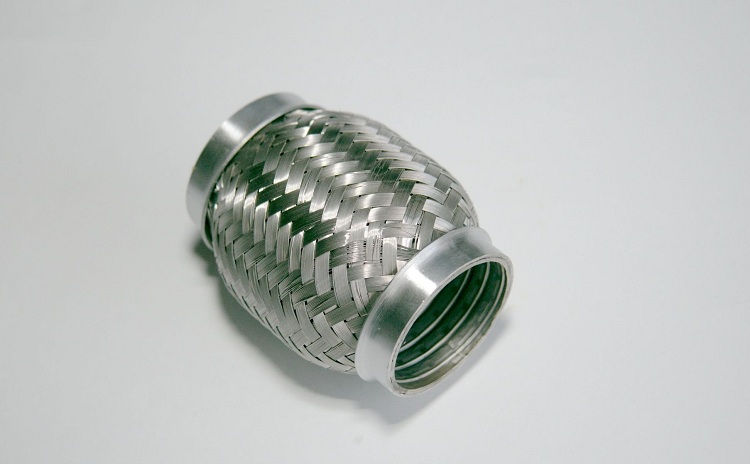
Replacing the vibration compensator (corrugation) is required much more often than repairing the exhaust pipe
There are two types of corrugations that differ in the principle of operation:
- Reinforced. The inner diameter is 65 mm, the length does not exceed 15 cm. It is mounted vertically under the exhaust manifold. The reinforced corrugation does not bend when the engine is running, only straightening and compression occur. Replace it with identical size.
- The corrugation located horizontally has the same diameter, reaching a length of 40 cm. Due to its greater length, it works in bending.
Replacement of the corrugation is carried out in the following sequence:
- Having removed the front pipe, the defective corrugation is cut off by the grinder along the weld. (If necessary, welding is lost by a chisel).At the same time, the pipe sections and flanges included in the nozzles are left intact. When removing the exhaust pipe, it is possible that through holes on the silencer are sealed, either sealed with a special sealant that can withstand temperatures up to 1000º C or with fiberglass glued with epoxy.
- Replacing gaskets, nuts and bolts, return the exhaust pipe into place. They pick up the new corrugation by welding at several points. Then, having removed the pipe, the corrugation is scalded in all the necessary joints. Welding of the corrugation is carried out in such a way that the rings of which the pipes are composed are interconnected.
It is customary to replace the exhaust pipe in the event of a device failure, the concept of a warranty period does not apply to it due to the unpredictability of operating conditions.
